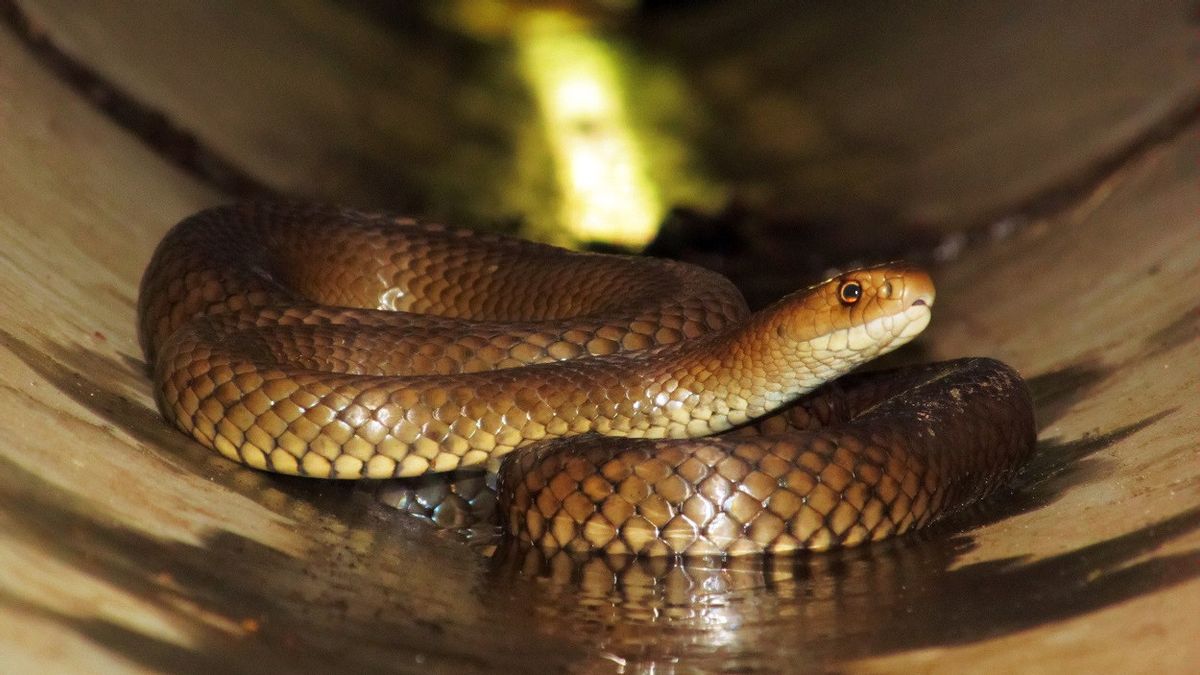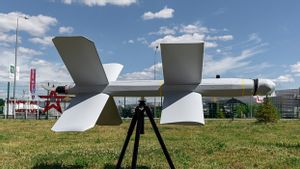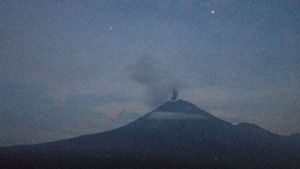JAKARTA - The accident at the Fukushima Daiichi Nuclear Power Plant (PLTN) that occurred on March 11, 2011, was caused by a powerful earthquake and aftershocks that hit the Tohoku region of Japan. The incident at Fukushima is considered the worst since the 1986 Chernobyl nuclear disaster.
Even though it's been 10 years, researchers are still trying to figure out the long-term effects of the event, especially radiation-related radiation. And, this time researchers involved snakes.
According to the International Atomic Energy Agency (IAEA), more than 100,000 people were evacuated from the surrounding area after the plant was destroyed in 2011. An area of 400 square kilometers is still considered uninhabitable.
To examine the long-term effects of radiation, the researchers captured dozens of reptiles, mainly rat snakes, and equipped them with GPS trackers and dosimeters, which they attached using duct tape and superglue.

"Because snakes are sedentary, and they spend time in one particular local area, radiation and contaminant levels in the environment are reflected in the contaminant levels in the snakes themselves," said Hannah Gerke, an alumni of the University of Georgia's Savannah River Ecology Laboratory and one of the lead authors. this study, citing Sputnik News 9 September
The scientists then placed them in an area around the plant, known as the Fukushima Exclusive Zone, and collected data remotely. Reptiles spend a lot of time near rivers, roads, and meadows, as well as in trees and in buildings.
According to the results of their study, published recently in the journal 'Ichthyology and Herpetology', some radiation exposure comes from prey eaten by snakes, but as much as 80 percent comes from contact with soil, trees, and plants.
Creatures that spend more time in buildings receive relatively low doses of radiation, which the researchers say is a sign that buildings can serve as contamination shields.
Overall, levels of radioactive contamination were much lower than in the first years after the nuclear accident, in part because over the last decade, most of the toxic material settled in the ground and decomposed.

Despite the fact that the Fukushima Exclusion Zone was deemed uninhabitable, the nuclear accident did not cause drastic changes in wildlife, at least observable, said Hannah Gerke.
"Everyone expects Fukushima to be a barren desert full of mutated animals. In real life, this place is quite beautiful. I was there, in the summer when everything was lush and green. There was wildlife everywhere, just a surprising lack of people," he explained.
SEE ALSO:
To note, the nuclear accident occurred on March 11, 2011, after the Tohoku region, Japan was hit by a powerful earthquake. The tremor, which measured 9.0 on the Richter scale, was the fourth-strongest earthquake in the world since records began in the early 20th century. This triggered a tsunami, with waves reaching a height of 40 meters.
According to official statistics, about 20,000 people died as a result of natural disasters and another 2,500 are missing. More than 6,200 people were injured.
The Fukushima Daiichi Nuclear Power Plant survived the earthquake, but the plant was damaged by the tsunami, which caused destruction and the release of tons of radioactive material. The accident was classified as Level 7 on the International Nuclear Event Scale (INES).
The English, Chinese, Japanese, Arabic, and French versions are automatically generated by the AI. So there may still be inaccuracies in translating, please always see Indonesian as our main language. (system supported by DigitalSiber.id)


















